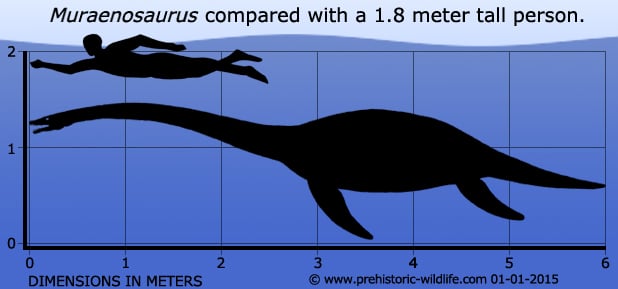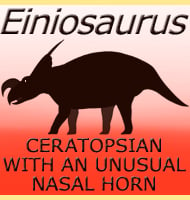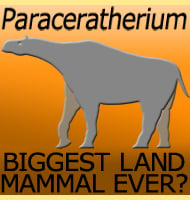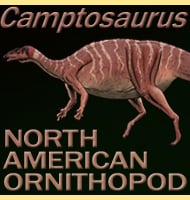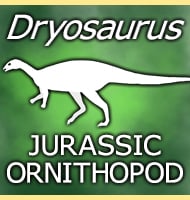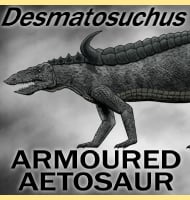In Depth
Muraenosaurus was a Jurassic era plesiosaur similar to the much more famous Plesiosaurus, although Muraenosaurus actually seems to have had a proportionately longer neck. This is likely an adaptation that would have helped it to catch fish. It’s probable however that Muraenosaurus itself was targeted by large Jurassic era pliosaurs such as Liopleurodon, Pliosaurus and possibly Simolestes.
The name Muraenosaurus is based upon the Muraenidae, a group of eels that are better known by the more common name of moray eels. There long bodies do resemble the necks of plesiosaurs, though obviously they are still very different animals to what the plesiosaurs were. As a genus Muraenosaurus should not be confused with Morenosaurus, another plesiosaur but from the late Cretaceous era.
Further Reading
– On Muraenosaurus leedsii, a plesiosaurian from the Oxford Clay, Part I. – Quarterly Journal of the Geological Society of London 30:197-208. – H. G. Seeley – 1874.
